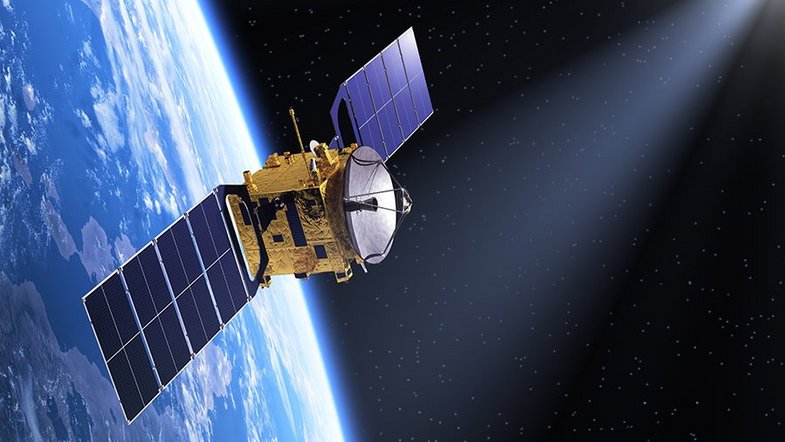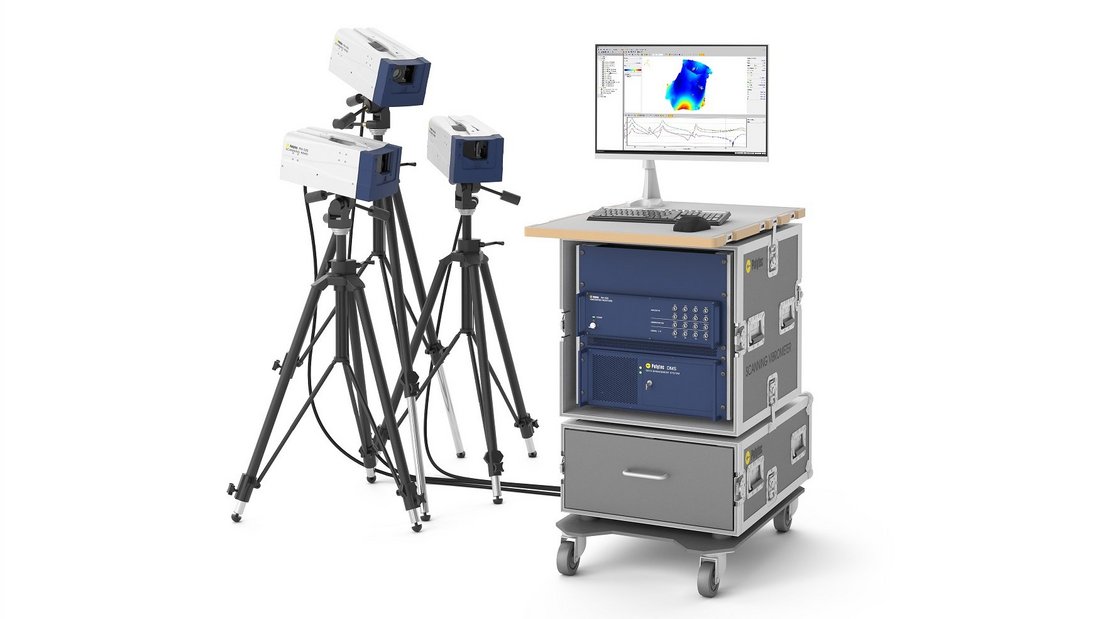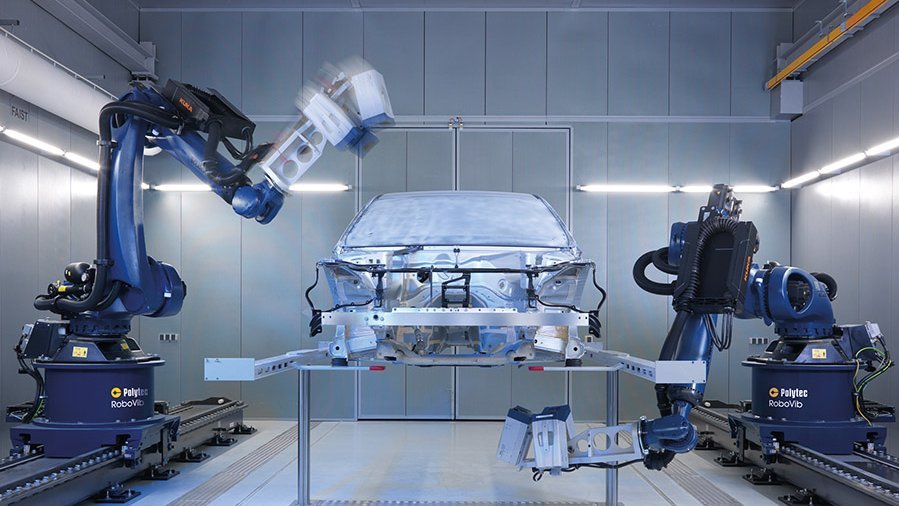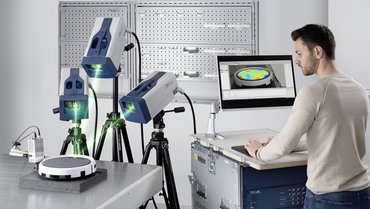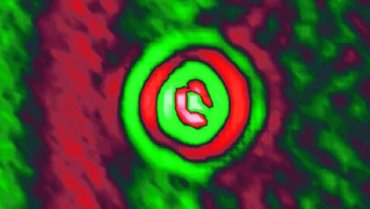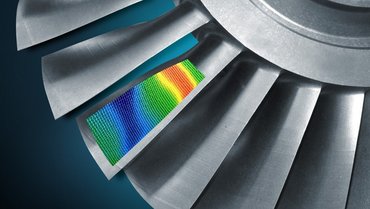Ready for take-off and measurement operations
Light penetrates in a vacuum – and light is the tool of choice if you want to test components for space. Satellites, satellite experiments and satellite instruments experience maximum stress during take-off. The eigen frequencies of all the components need to be coordinated if extremely quiet design is to be achieved, if independently unfolding structures such as solar sails or antennae are to be created and if the lack of external attenuation is to be overcome. Experimental modal tests carried out using laser vibrometry precisely determine these properties – even in vacuum chambers and on the most sensitive surfaces under cleanroom conditions, at maximum temperatures or under cryogenic conditions. Their high dynamic range enables measurements both under take-off conditions and when micro-vibrations are simulated.
Polytec Magazine
Above the clouds
Determining the dynamic characteristics of an aircraft’s large-scale, adaptive compliant wing ...
Survival in space
Focus on impact detection of micrometeorites

Need for vibration testing in aerospace
Solar sails save fuel during scientific space missions, thereby extending the length of the mission. NASA uses Scanning Vibrometers from Polytec in pressure vessels for 1:1 modal analysis to effectively predict resonance points and optimize components and entire structures. The non-invasive characteristic of laser light allows for more precise and reliable assessment of small and large structures. Especially on lightweight structures the need there is need for avoiding conventional contacting methods, that apply additional masses, which influence the measurement.
